4 February 2025
2024-25 sugar beet campaign end dates
As we fast approach the end of the 2024-25 sugar beet campaign, we are delighted to share that we've already processed...

Latest news and press releases
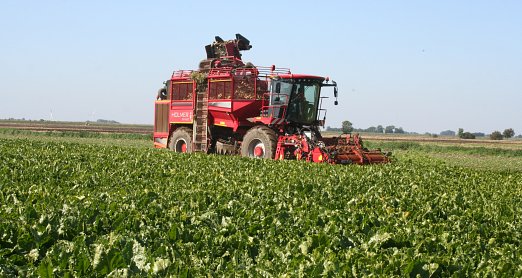
As we fast approach the end of the 2024-25 sugar beet campaign, we are delighted to share that we've already processed...
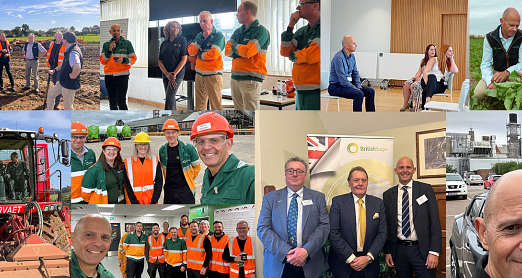
As I reach my one-year anniversary at British...
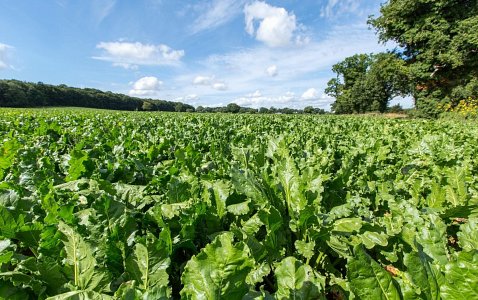
The UK sugar beet industry is asking Defra to meet urgently to discuss support for its...
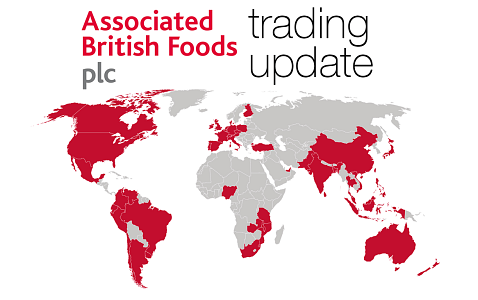
Associated British Foods plc (ABF) have today published its annual results, please click here to...
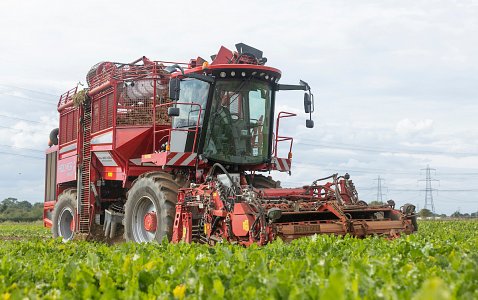
As this year’s sugar beet harvest approaches, we are pleased to share details of the campaign...
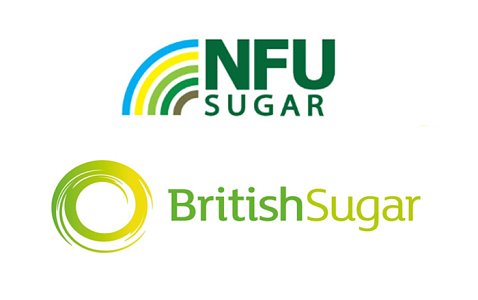
NFU Sugar and British Sugar have concluded negotiations and agreed a deal for the 2025/26 sugar...